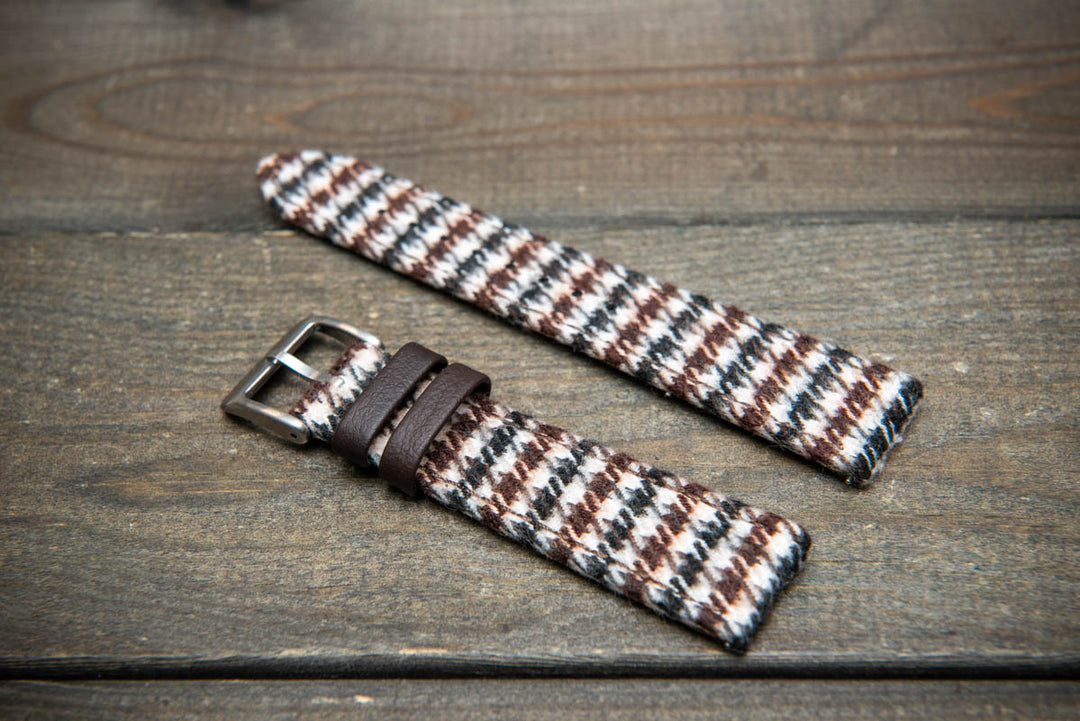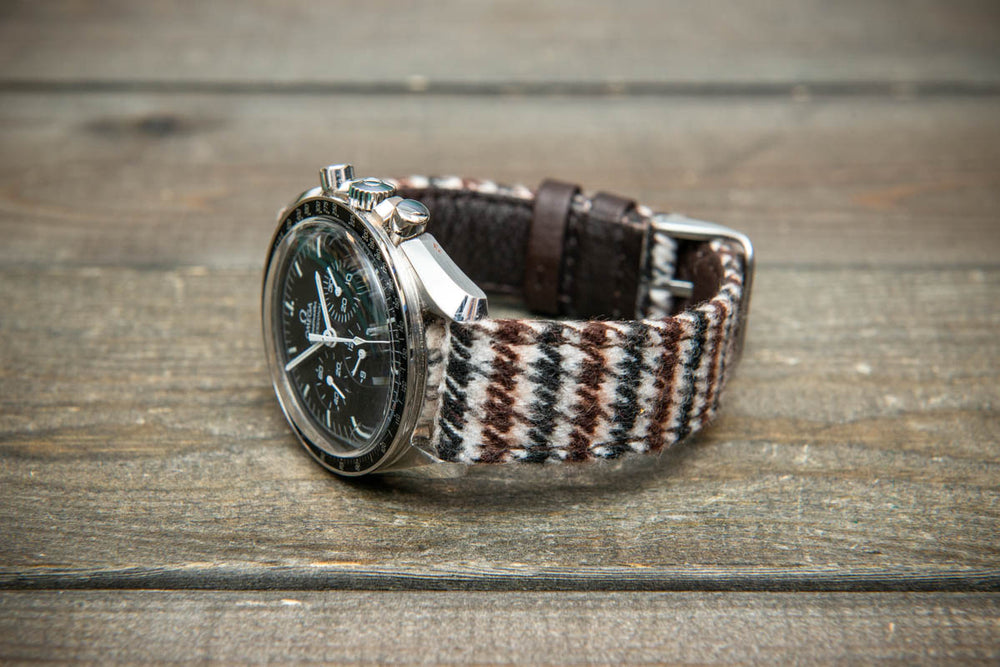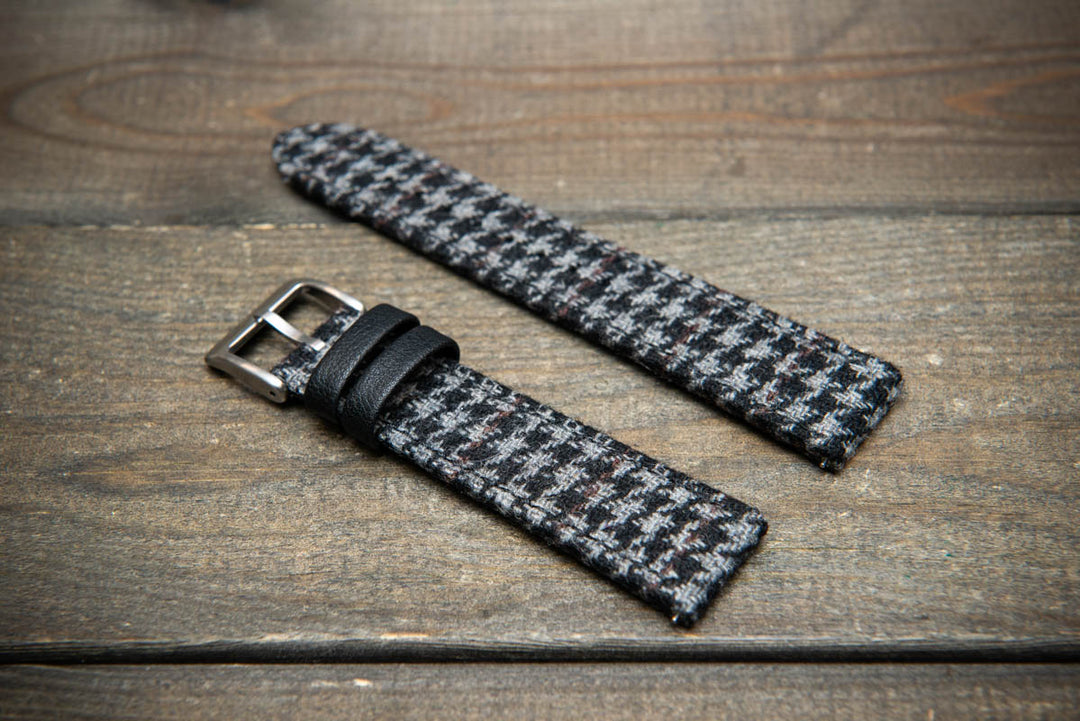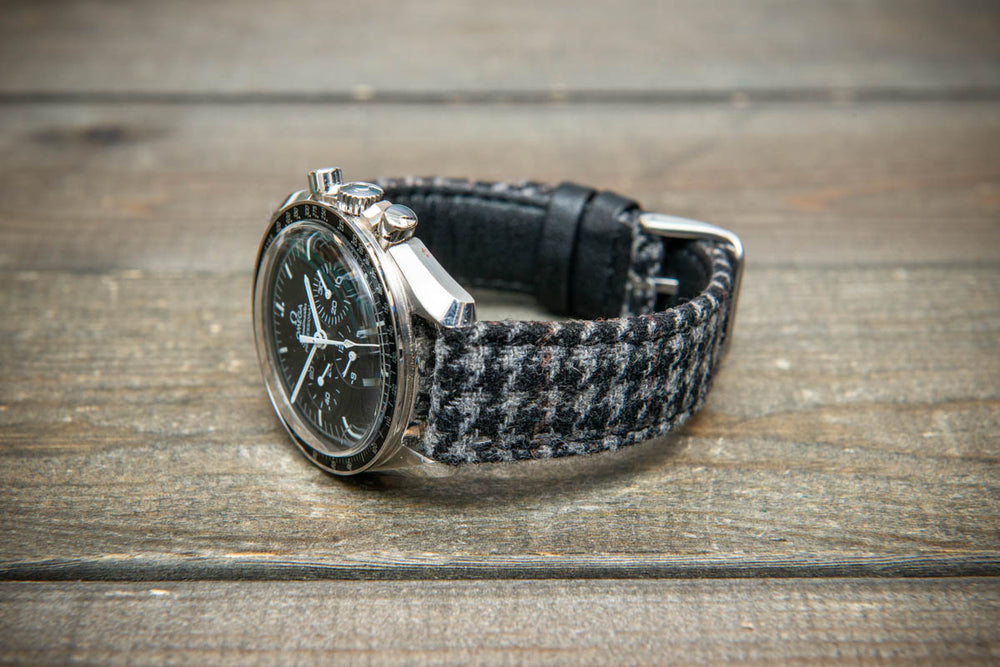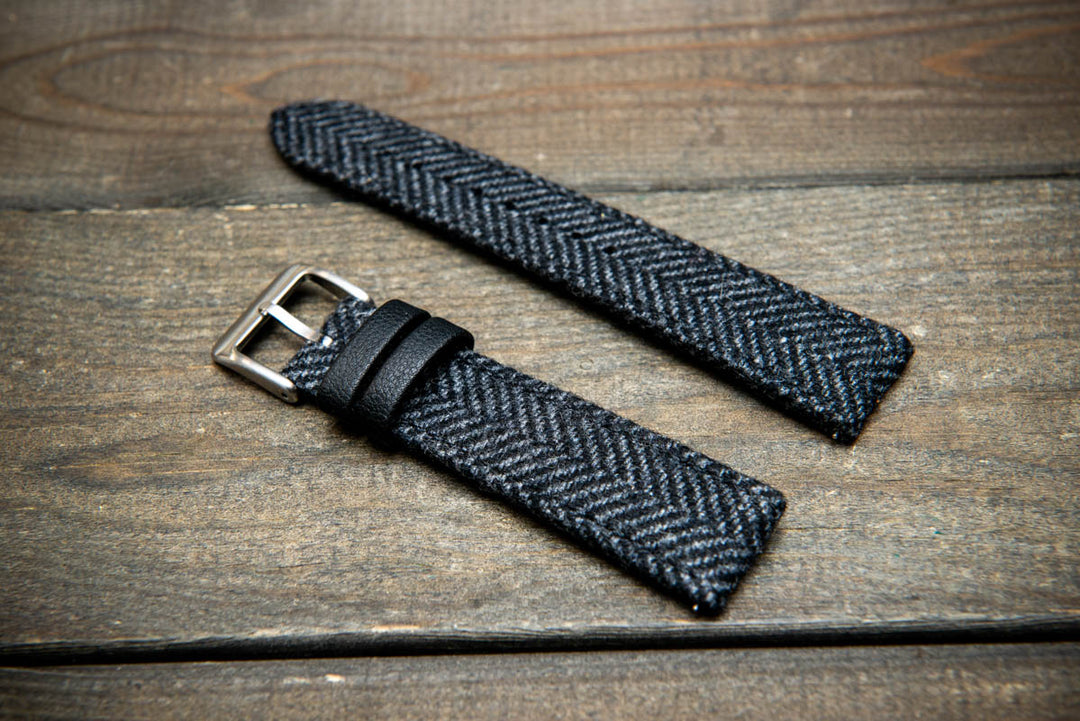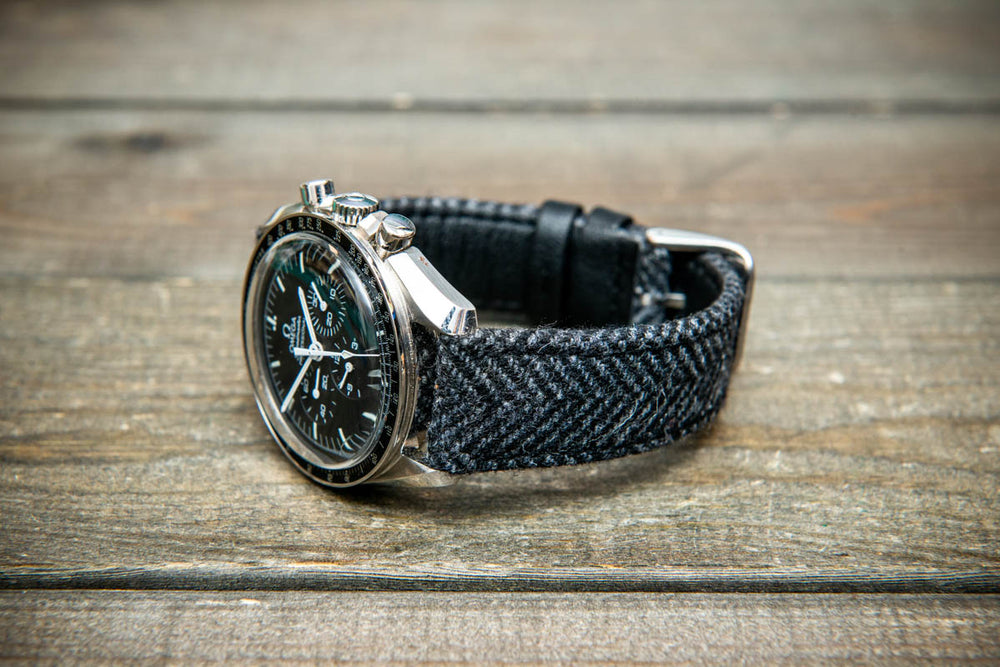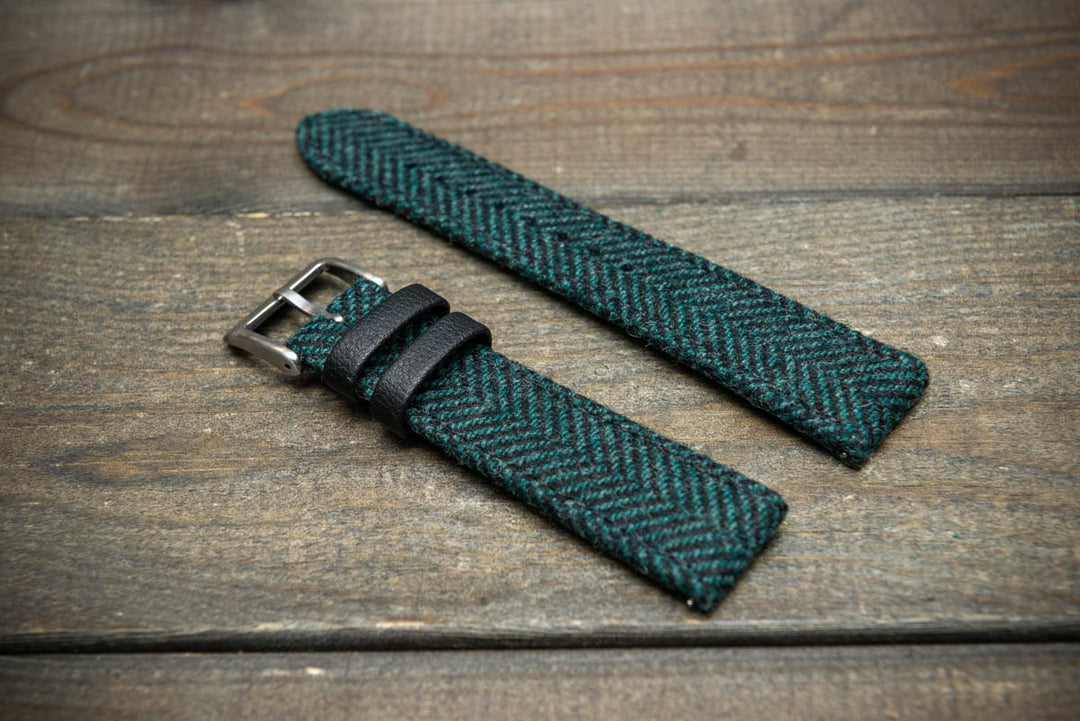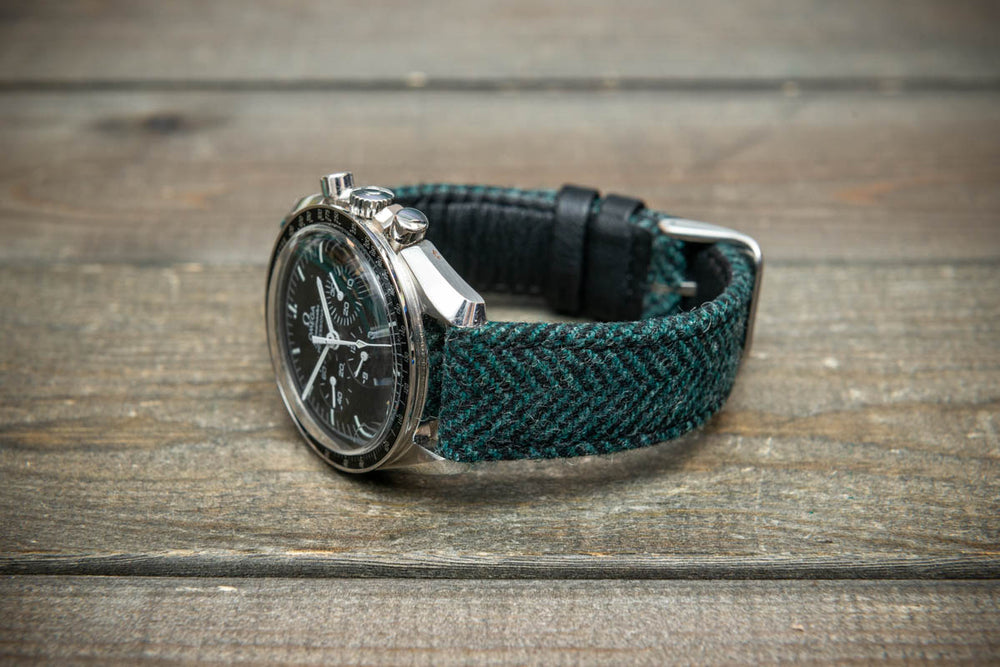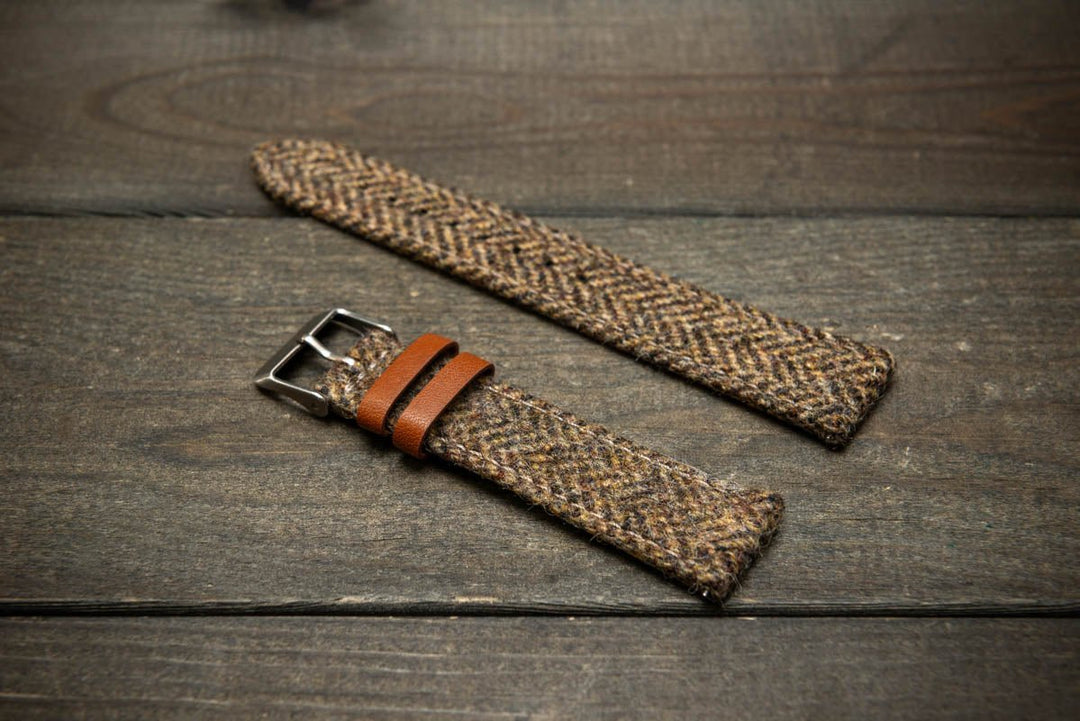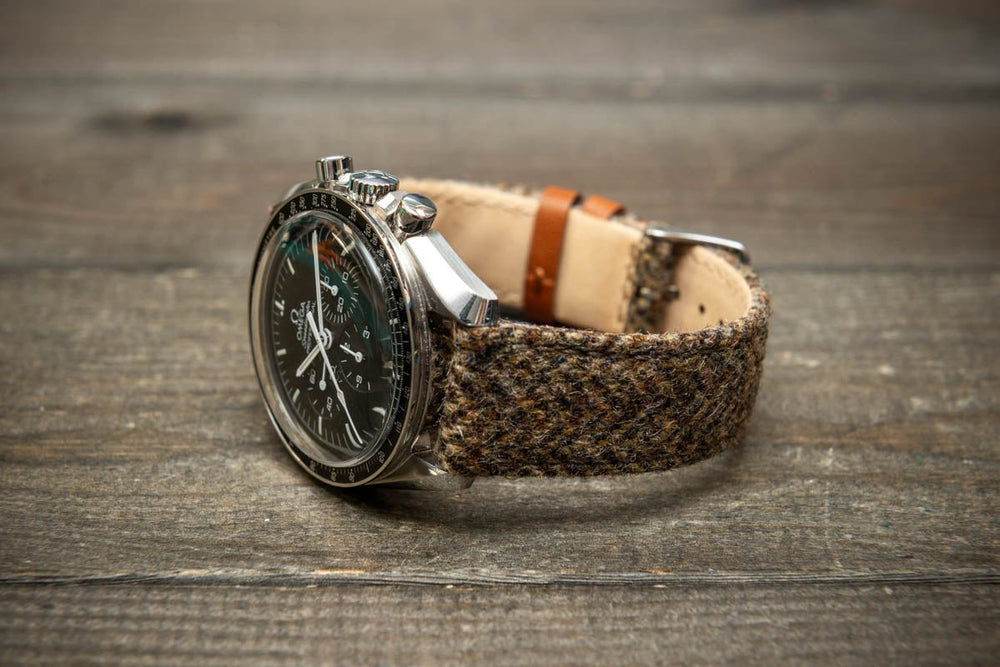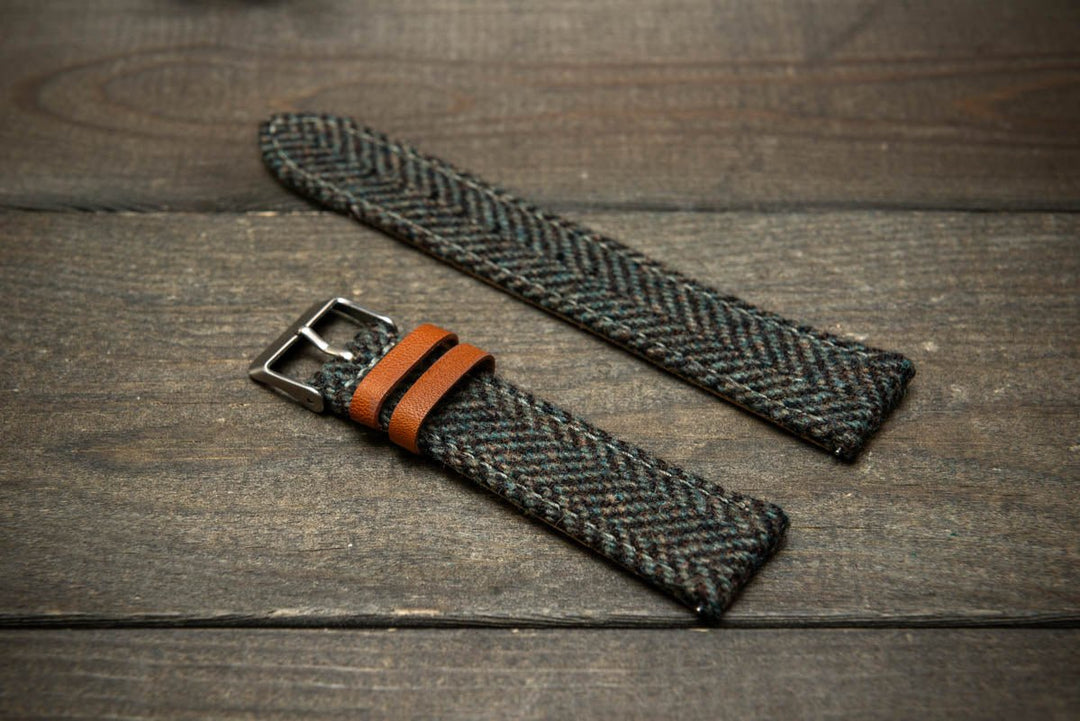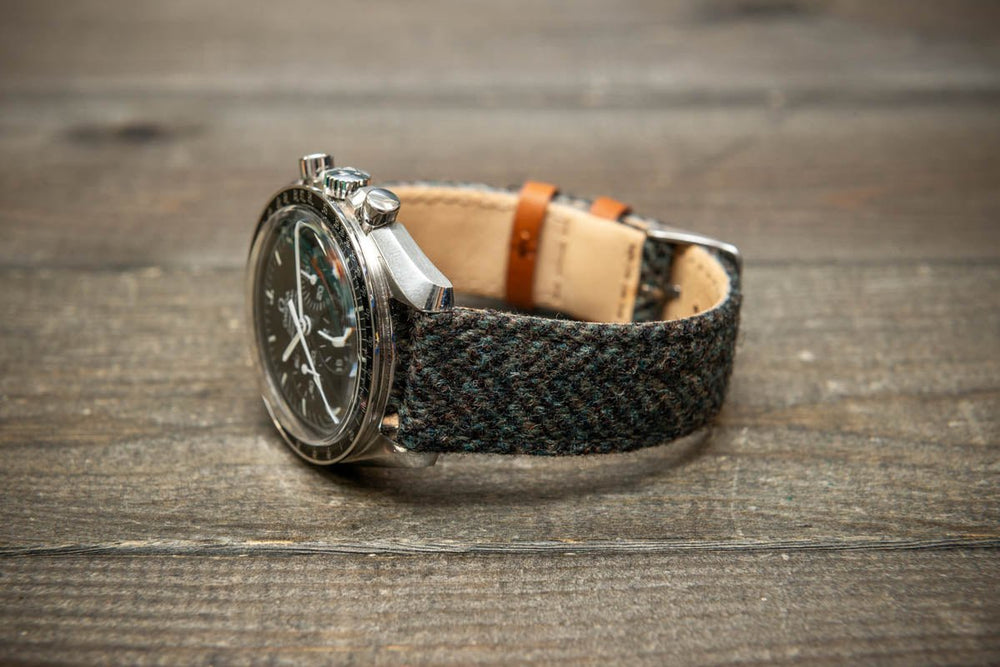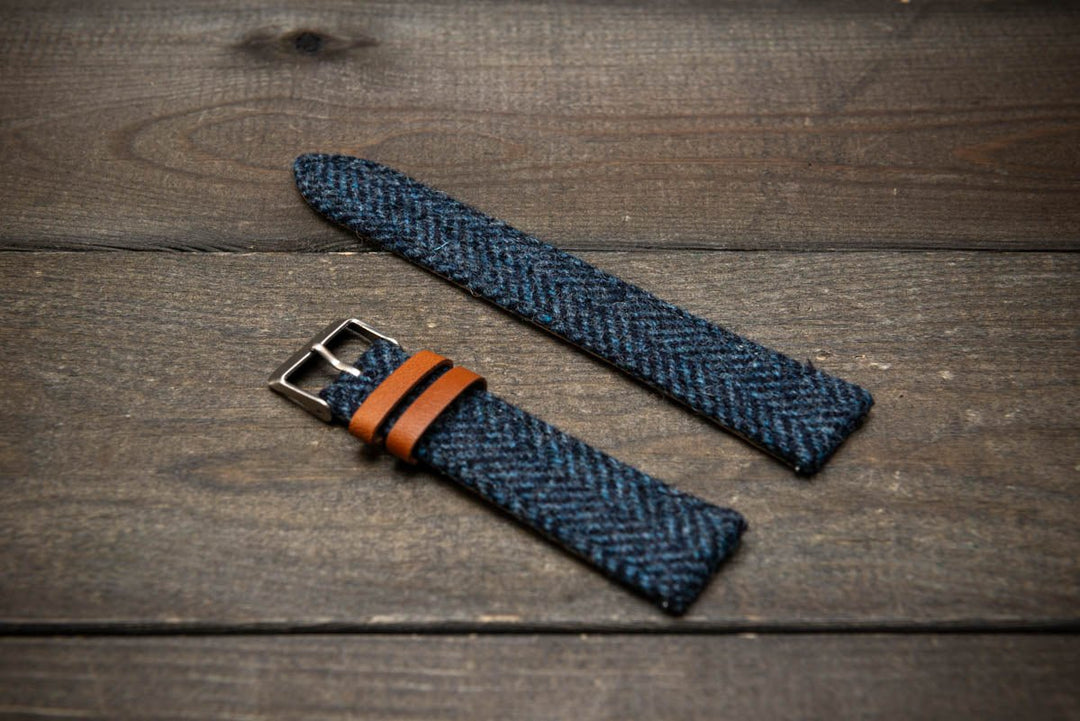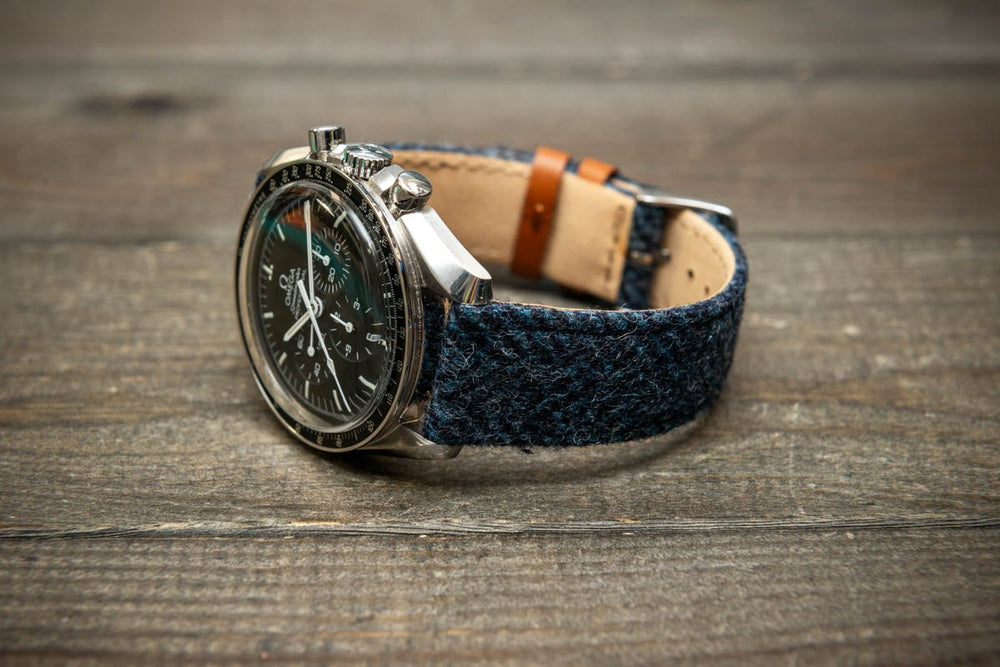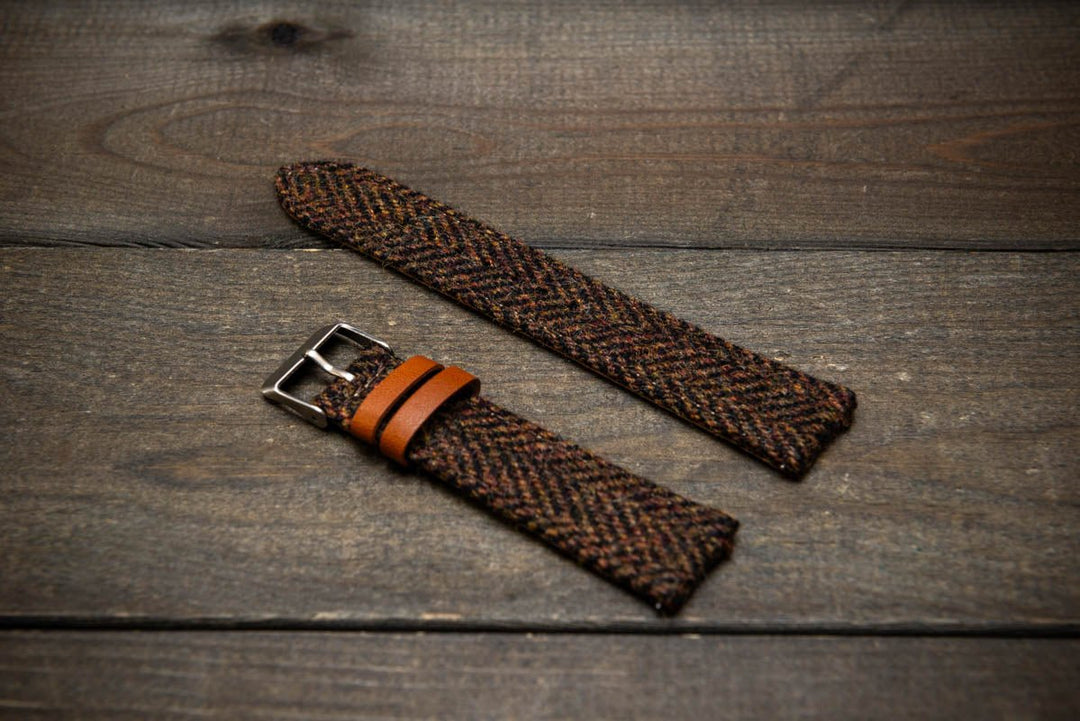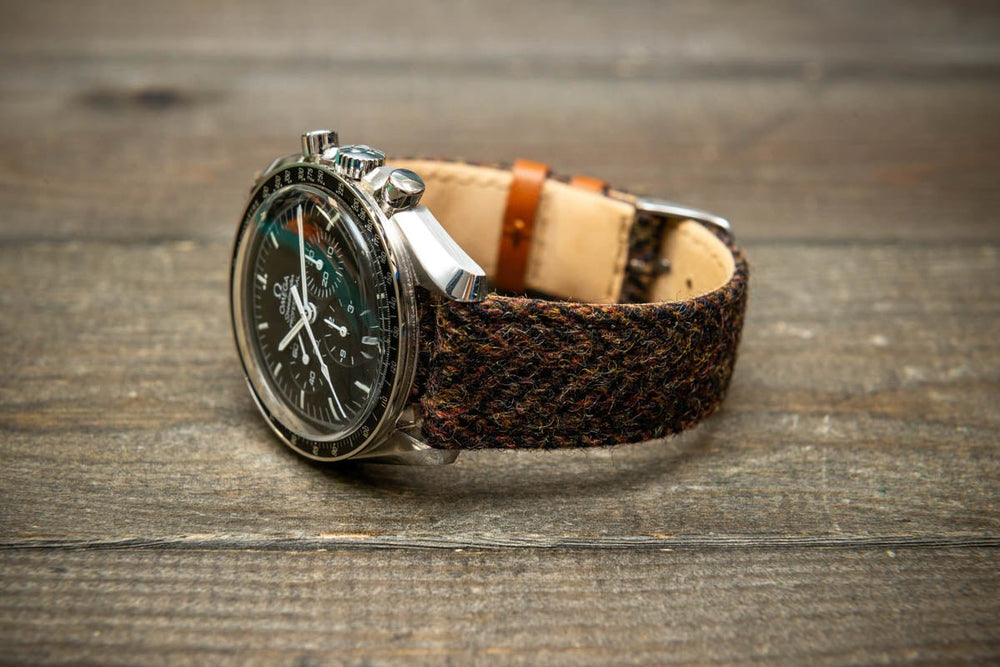Is It Possible to Change Watch Straps Yourself, or Should You Contact a Specialist?

So, you’ve decided it’s time to switch things up and replace your watch strap. Maybe you’re looking for a new style, a better fit, or just want to refresh your timepiece. But here’s the big question: can you replace the watch strap yourself, or is it better to go to a specialist? Let’s break down the pros and cons of each option, so you can make the best choice for you.
Why Replace Your Watch Strap?
Before diving into the “how,” let’s touch on the “why.” A watch strap replacement can breathe new life into a watch you’ve worn for years or make a recent purchase feel more personal. Whether it’s for comfort, style, or durability, there’s something satisfying about choosing the perfect strap. But the key is making sure it’s attached properly—after all, you don’t want to risk damaging your favorite accessory!
Option 1: Replacing the Watch Strap Yourself
Replacing a watch strap yourself is definitely possible, and it’s a great choice if you’re comfortable with a bit of DIY. Here are some reasons why doing it yourself might be appealing.
The Tools You’ll Need
Before you start, you’ll need a few basic tools to make the job easier (and safer for your watch).
- Spring Bar Tool: This is essential. A spring bar tool has a small forked end that helps you remove and replace the spring bars, which hold the strap in place.
- Microfiber Cloth: Place your watch on a soft surface to avoid scratches.
- Extra Spring Bars: Sometimes spring bars get bent or damaged during removal, so it’s good to have a couple of spares.
Having these tools at hand will make the process smoother and protect your watch from accidental scratches or dings.
The DIY Process
Here’s a quick rundown on how to replace a watch strap yourself:
- Remove the Old Strap: Use the spring bar tool to gently push one end of the spring bar out of the lug (the part of the watch case where the strap is attached). The strap should come off with a bit of maneuvering.
- Insert the New Strap: Position the new strap so that the spring bar fits snugly into the lug holes. Make sure it’s secured and doesn’t feel loose.
- Check for Stability: Give it a gentle tug to make sure it’s firmly attached. You don’t want any surprises the next time you wear it!
When DIY Is a Good Idea
Replacing a watch strap yourself is a great option if:
- You have experience with delicate tasks and enjoy doing things on your own.
- The watch isn’t extremely valuable or vintage (where a professional touch might be preferable).
- You want the flexibility to switch straps frequently.
Example: Let’s say you have a durable sport watch, and you like swapping between a nylon strap for outdoor activities and a leather strap for the office. Doing it yourself can be cost-effective and lets you customize your look without visiting a shop each time.
Potential DIY Pitfalls
While changing a watch strap yourself can be straightforward, there are a few things that could go wrong.
Risk of Scratching
Even a small slip with a spring bar tool can leave a scratch on your watch. If you’re working with a luxury or sentimental timepiece, this might be a risk you’d rather avoid.
Damaging the Spring Bars
Spring bars are small and easy to bend, especially if you’re unfamiliar with using a spring bar tool. Bending or damaging a spring bar can make it difficult to secure the new strap, leading to an insecure fit.
Time and Effort
Though replacing a strap isn’t particularly time-consuming, it may take a bit of trial and error to get it just right. If you’re pressed for time, a quick visit to a specialist may be a better choice.
Option 2: Getting Help from a Specialist
If the DIY route sounds a bit intimidating or you’re dealing with a valuable watch, going to a specialist might be your best bet. Here’s why.
Expertise and Precision
Watch specialists have experience handling different watch models and can change a strap with precision, minimizing the risk of damage. If your watch has a unique case design or you’re using a specialty strap, a professional can ensure it’s installed correctly.
Example: Imagine you have a vintage watch with a delicate case. In this case, leaving it to a specialist who knows how to handle vintage watches could save you from accidental scratches or mishandling.
A specialist has access to high-quality tools and often has a broader range of replacement parts, like spring bars in various sizes and materials. This can be helpful if your watch has non-standard lugs or requires specific parts for a secure fit.
Warranty and Security
Some watch brands or sellers offer a warranty on strap replacements if done by an authorized dealer or specialist. This can give you peace of mind, knowing your watch is in safe hands and protected against accidental damage.
When Should You Contact a Specialist?
While replacing a strap yourself can be a fun project, there are certain times when it’s worth consulting a specialist:
- For High-Value Watches: If your watch is expensive, vintage, or holds sentimental value, it’s safer to trust a professional.
- For Custom or Complicated Straps: Straps with custom fittings, metal links, or deployment clasps can be tricky to install yourself.
- When You Lack the Right Tools: If you don’t have a spring bar tool or don’t want to invest in one, a specialist will have the equipment needed to do it right.
Example: Let’s say you own a luxury watch with a metal link bracelet. A specialist can ensure each link is correctly aligned and that the clasp is secure, giving you peace of mind and a professional finish.
Balancing Cost and Convenience
Choosing between DIY and a specialist often comes down to convenience and cost. Doing it yourself is generally cheaper and allows you to change straps whenever you like. But for valuable or complicated watches, the cost of a professional installation is often worth the security and precision.
Final Thoughts: Which Option is Right for You?
In the end, the choice between replacing a watch strap yourself or going to a specialist depends on your comfort level, the type of watch, and your budget. If you’re comfortable with the process and have a durable or casual watch, DIY is a fantastic option. You’ll save money, and you get the flexibility to switch things up whenever you like.
But if your watch is valuable, or you’re working with a unique strap or clasp, a professional’s touch can be worth every penny. Plus, they’ll make sure everything is secure and aligned, so you can wear your watch with confidence.
Call to Action: Ready to give your watch a fresh look? Whether you’re ready to try a DIY strap change or prefer the expertise of a specialist, don’t hesitate to explore our range of watch straps. And if you need guidance, reach out—we’re here to help you find the perfect fit for your style and needs!


